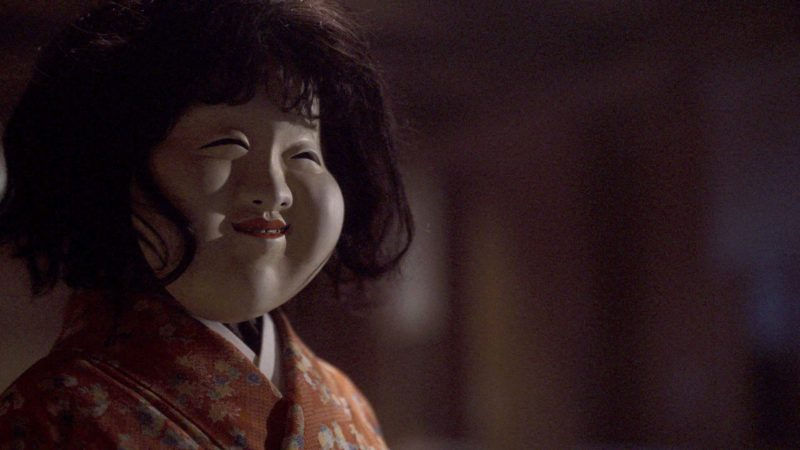The Terror: Infamy
- Daniel Warriner
- Dec 19, 2019
- 1 min read
Updated: May 17, 2022

I have to be in a certain mood to watch and enjoy horror—a mood that seems to lift after the period between summer and Halloween. And so early December wasn't the right time to watch The Terror: Infamy. But intrigued as I was, I couldn't wait to dig in—parts set in a Japanese internment camp in California in the 1940s, a yurei dishing up the "terror," and its ten episodes spanning the years of WWII as well as pre- and post-war events. A globetrotting story, jumping around the U.S. to fishing boats, war-ravaged Pacific island jungles, and Mexico. Altogether a unique blend of locations, myths, cultures, and genres set within the context of actual historical events. What's more, I'd seen The Terror (2018) earlier this year and it was excellent.
But alas, Infamy didn't provide what I'd been hoping for. There were a few good and better than good bits. The whole thing, though, felt unnecessarily stretched out, particularly towards the end, which was mostly silly and absurdly sentimental in some scenes. There are spooky and spine-chilling moments in the series, as well as gore. And Kiki Sukezane's performance stood out—the hopeful-then-mournful mother who becomes an unstoppable spirit of the sanguinary sort. The only great episode was #6 "Taizo" in which the ghost, Yuko, finds herself in the picturesque afterlife realm of her ancestors. She must avoid standing on the gravel of the zen garden, lest she be pulled down into it and the earthy hell lying in wait beneath. The episode is vivid and captures some of the essence—the eeriness and terror—of traditional Japanese ghost stories as it uncomfortably blends this world with the next.













Comments